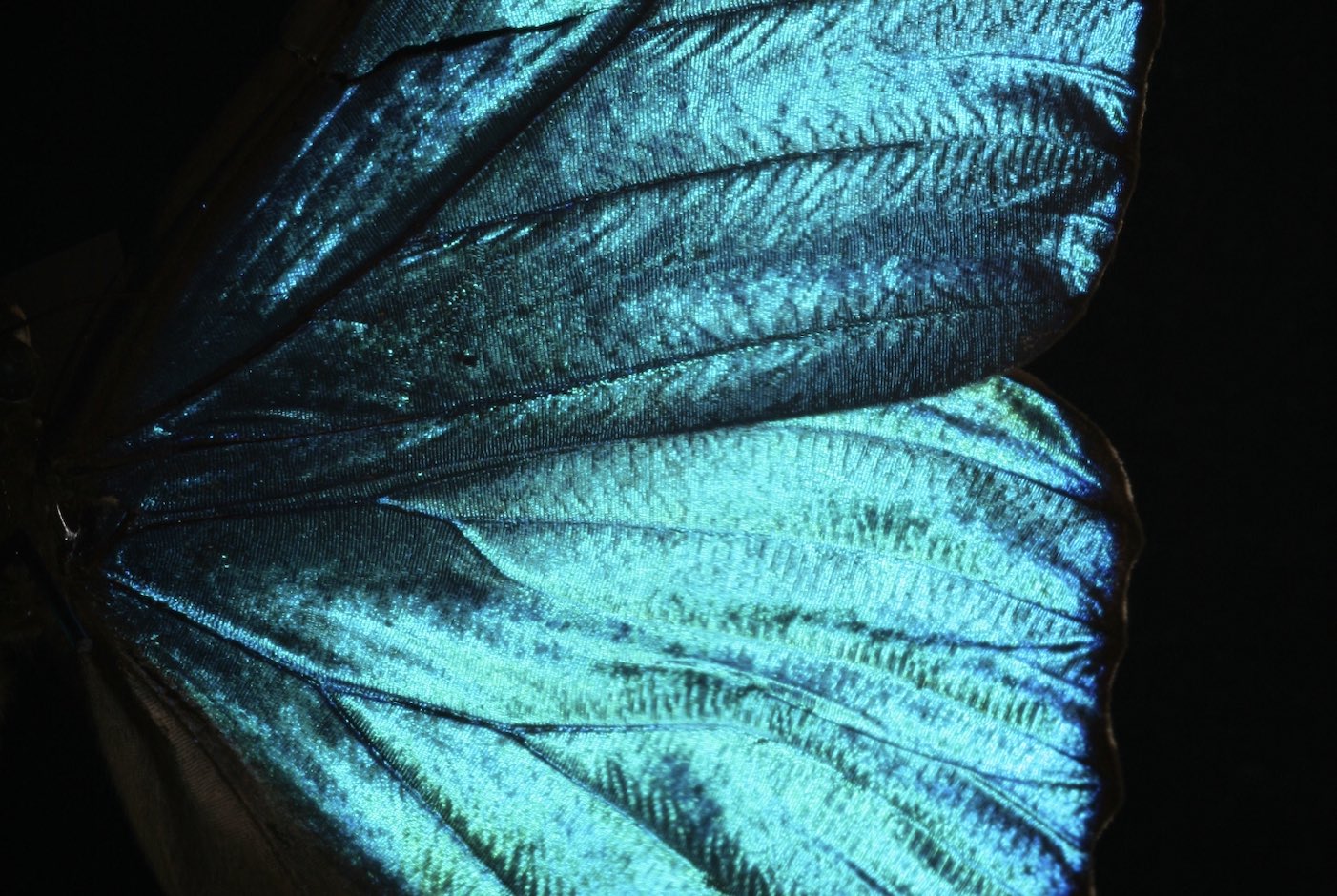
Pure Structural Colour
Wed 25 September 2024
18.00 -20.00
Our tradition understanding of colour is based on how light reflects on a surface with pigmentation. However nature does things differently. What you see on an intense-coloured butterfly wing isn’t a pigment: its a structural colour which occurs when completely transparent patterned structure on the wings are able to separate channel and reflect specific wavelengths of light. The effect is produced by different mechanisms with distances of hundreds of nanometers between boundaries or crystal blocks determining the exact hues reflected back.
Nature has evolved these technique for various forms of communication. Professor Andrew Parker has sought to understand these mechanisms replicate them for use in the man-made world. One advantage for example is that the weight saving can be significant. A nano coating of structural colour could save the equivalent of one tonne of ordinary paint on a jumbo jet.

General Info
Venue / Location
Heyne Tillett Steel offices More Info
16 Chart Street
London
N1 6DD
view map
Organiser